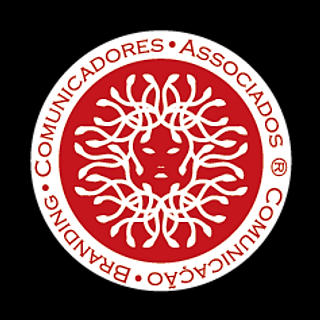"25 assumptions to understand what motivates decision making"
- Comunicadores Associados
- May 19, 2022
- 2 min read

And this time a book. Another.
One that helps marketers and advertisers understand what motivates consumers and how they behave when interacting with brands and their products.
"Como vender mais..." (The Choice Factory, in the original - and it even makes more sense) by Richard Shotton is brilliantly written, namely for the simple and objective way in which it focuses on the main traits of behavior in the face of contact and choice of marks.
Full of examples and arguments, whether from studies or tests and experiments carried out by author Richard Shotton, which illustrate how behaviors are processed and how we all end up "functioning" as influenced agents in the economy.
Based on behavior economics, consumer behavior (consumer behavior) and consumer experience (CX), fields of study that intersect, he explains how it works (as he says "not exhaustively ") purchase behavior and how it is conditioned.

By selecting the 25 main conditioning points, and also illustrating with examples of his experience as a professional in the area of business communication, he manages to provide clues and recommendations on how to act in each one.
There are 25 conditioning factors in the areas of behavior that can influence the decision-making process, which the book presents to us, whether used alone or in a complementary way.
Naturally, we are not going to describe the details of the 25 assumptions he uses in his book, because it would spoil the reading for those who do not yet know the book, and this is not a matter of summarizing the content.
But we are going to list them, just to whet your curiosity, because how they are exposed will make you want to understand their context and, in some cases, their meaning and application.
These are the assumptions analyzed, which end up constituting almost the book's index:
The fundamental attribution error
the social proof
The negative social proof
the singularity
The habit
the pain of payment
The danger of declared data
the state of mind
The relativity of prices
The primacy effect
The Expectation Theory
The confirmation assumption
overconfidence
the illusory vision
The media context
the curse of knowledge
Goodhart's Law
the gaffe effect
The Winner's Curse
the power of the group
The Vebleu effect
The replicability crisis
the variability
The cocktail effect
Scarcity or rarity
Understanding these behaviors and how to apply them to consumers and your brand persona (or personas) can give you a competitive advantage.
Applying them means getting to know better the forms of decision-making and the behaviors (and psychological processes) of the public.

Once again it is demonstrated that the consumer experience, and the purchase behavior that has been studied, for a long time, by behavioral economics.
Although now greater importance is given, namely in what is called the "Consumer Experience" (CX).
There is a similarity with what other specialists, such as Paco Underhill have done in books such as "Why we buy", Daniel Kahneman in his various works or Robert Cialdini.
It's a good read for anyone in marketing, advertising and other areas who have to deal with the more intricate aspects of the buying process and how to "reach" consumers.
And now? Will you contain your curiosity or will you throw yourself at the information and knowledge of this book that has been a reference?




Comments